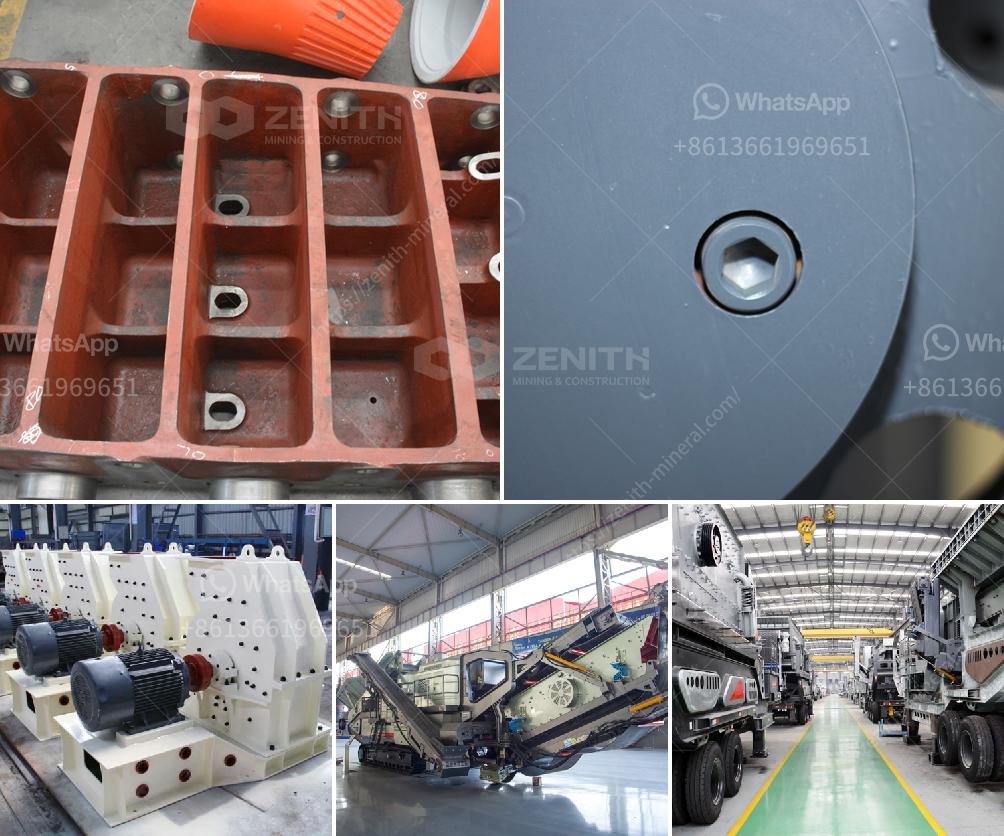Building a sand washing plant in Indonesia involves several steps, including planning, design, procurement, construction, and commissioning. Here is a detailed guide on how to approach this project:
1. Feasibility Study and Planning
Site Selection:
- Location: Choose a site near a sand source to minimize transportation costs.
- Accessibility: Ensure the site is accessible by road or waterway for easy transport of materials and equipment.
- Environmental Impact: Conduct an environmental impact assessment to ensure compliance with local regulations.
Market Analysis:
- Demand: Analyze the local and regional demand for washed sand.
- Competition: Identify existing competitors and their market share.
- Pricing: Determine the pricing strategy based on market conditions.
2. Design and Engineering
Process Flow Design:
- Raw Material Handling: Design the layout for receiving and storing raw sand.
- Washing Process: Plan the washing process, including the type of washing equipment (e.g., log washers, spiral classifiers, hydrocyclones).
- Water Management: Design a water recycling system to minimize water usage and comply with environmental regulations.
Equipment Selection:
- Washing Equipment: Choose the appropriate washing equipment based on the sand characteristics and desired output quality.
- Conveyors and Feeders: Design conveyors and feeders to transport sand between different stages of the process.
- Screening Equipment: Select screening equipment to separate washed sand into different size fractions.
3. Procurement
Equipment Suppliers:
- Local vs. International: Decide whether to source equipment locally or from international suppliers.
- Quality and Reliability: Evaluate suppliers based on the quality and reliability of their equipment.
- Cost and Delivery Time: Consider the cost and delivery time of the equipment.
Construction Materials:
- Concrete and Steel: Procure concrete and steel for constructing foundations and structures.
- Piping and Electrical: Source piping and electrical components for the plant.
4. Construction
Site Preparation:
- Clearing and Grading: Clear and grade the site to prepare for construction.
- Foundations: Construct foundations for the washing plant and associated structures.
Installation:
- Equipment Installation: Install washing equipment, conveyors, feeders, and screening equipment.
- Piping and Electrical: Install piping for water supply and drainage, and electrical systems for powering the equipment.
5. Commissioning and Testing
System Testing:
- Dry Run: Conduct a dry run to test the mechanical and electrical systems without sand.
- Wet Run: Test the plant with sand to ensure all equipment operates correctly and the washing process meets quality standards.
Training:
- Operator Training: Train plant operators on the operation and maintenance of the equipment.
- Safety Training: Provide safety training to all personnel to ensure a safe working environment.
6. Operation and Maintenance
Operational Procedures:
- Standard Operating Procedures (SOPs): Develop SOPs for the operation of the washing plant.
- Quality Control: Implement quality control measures to ensure the washed sand meets customer specifications.
Maintenance:
- Preventive Maintenance: Schedule regular preventive maintenance to minimize downtime and extend the life of the equipment.
- Spare Parts Inventory: Maintain an inventory of critical spare parts to quickly address any equipment failures.
7. Environmental and Regulatory Compliance
Permits and Licenses:
- Local Regulations: Obtain all necessary permits and licenses from local authorities.
- Environmental Compliance: Ensure the plant complies with environmental regulations, including water usage and discharge standards.
Sustainability:
- Water Recycling: Implement water recycling systems to reduce water consumption.
- Waste Management: Develop a waste management plan to handle any by-products or waste materials.
By following these steps, you can successfully build and operate a sand washing plant in Indonesia. Each step requires careful planning and execution to ensure the plant operates efficiently and meets all regulatory requirements.

